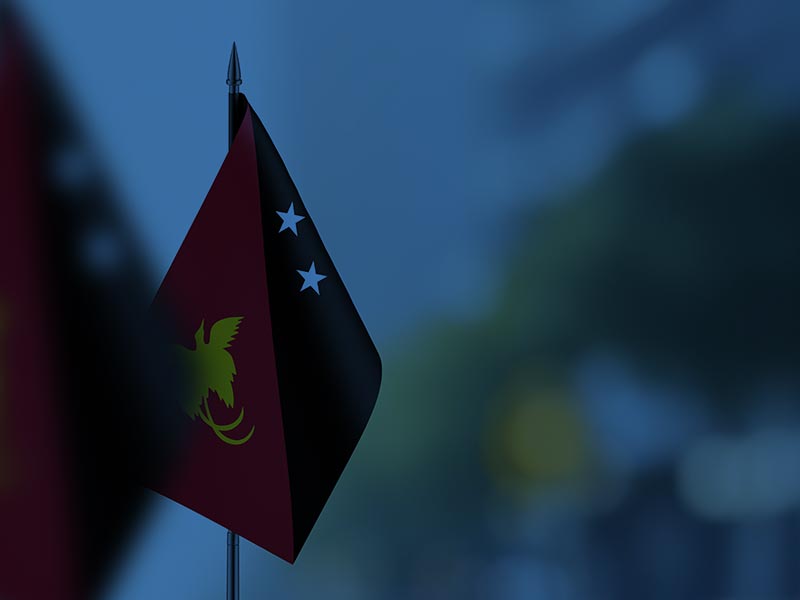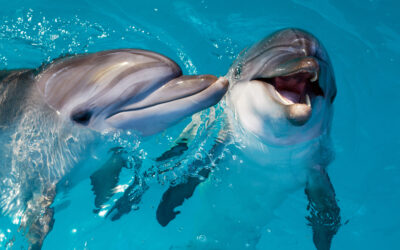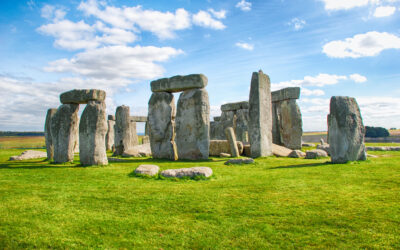Papua New Guinea (PNG) is home to over 800 languages, making it one of the most linguistically diverse countries in the world. This extraordinary variety accounts for nearly 12% of the world’s languages, with a population of around 9 million people. The languages are primarily divided into two groups: Austronesian and Papuan.
Austronesian languages, found mainly in coastal regions, include widely spoken languages like Tolai and Motu. These languages typically feature simpler grammatical structures, often adhering to a subject-verb-object (SVO) word order. Hiri Motu, for example, was developed as a trade language and is characterized by its accessibility.
In contrast, Papuan languages, predominantly spoken in the interior highlands, are highly diverse and do not belong to a single family. Languages such as Enga and Huli exhibit complex grammatical systems, including intricate verb conjugations and multiple noun classes. Some Papuan languages are also tonal, where pitch variations can change word meanings.
Additionally, Tok Pisin, a creole language derived from English, serves as a lingua franca and one of PNG’s official languages. While it simplifies many aspects of English, it incorporates indigenous vocabulary, reflecting the country’s rich cultural tapestry and linguistic heritage.
Related Articles
The History of Fireworks: A Sparkling Invention from Ancient China
Fireworks light up the skies during celebrations worldwide, but their origins trace back to ancient China over 2,000 years ago. Initially, they weren’t the colorful displays we see today—they...
The Secret Language of Dolphins: Chatter Beneath the Waves
Dolphins are among the most intelligent creatures on Earth, but did you know they communicate with each other using a complex system of clicks, whistles, and body movements? Scientists are only...
The Mysterious Origins of Stonehenge: A Monument of the Ages
Stonehenge, the ancient circle of towering stones in England, has puzzled historians and archaeologists for centuries. This UNESCO World Heritage Site, built over 4,500 years ago, raises one big...





